Optimal Timing for Tar and Chip Installations
Timing is a critical factor for successful Tar And Chip installations. The optimal period depends on climate conditions, temperature, and moisture levels to ensure proper adhesion and durability. Typically, the best time is during warm, dry weather when temperatures are consistently above 50°F (10°C).
Warm, dry weather with stable temperatures promotes proper adhesion and curing of the tar and chip surface.
Late spring through early fall offers the most suitable window, avoiding cold or rainy periods that can delay or compromise installation quality.
Consistent daytime temperatures between 60°F and 85°F are optimal for application and curing processes.
Low humidity and minimal rainfall are necessary to prevent issues like surface bubbling or improper bonding.
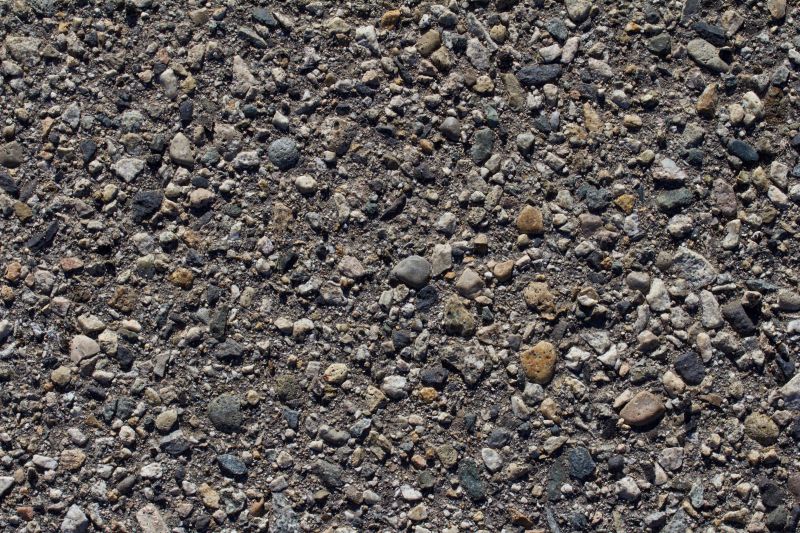
Summer provides ideal conditions with warm temperatures and low moisture, ensuring proper adhesion and curing.
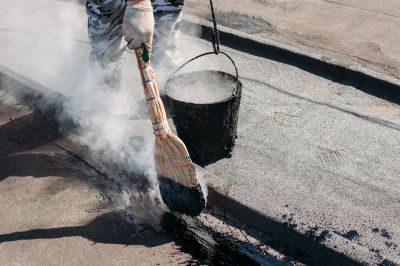
Spring can be suitable if weather forecasts predict dry and warm days, but early spring may pose challenges due to unpredictable weather.
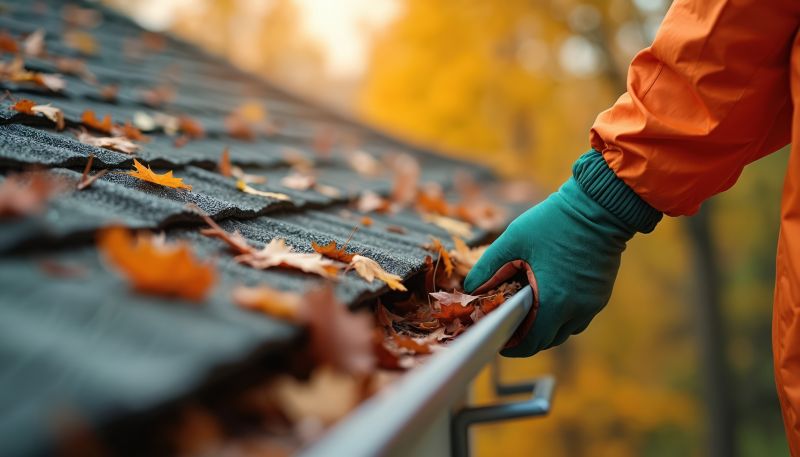
Early fall can be effective, but colder temperatures and increased rainfall in late fall may impact installation quality.

Ways to make Tar And Chip Installations work in tight or awkward layouts.

Popular materials for Tar And Chip Installations and why they hold up over time.
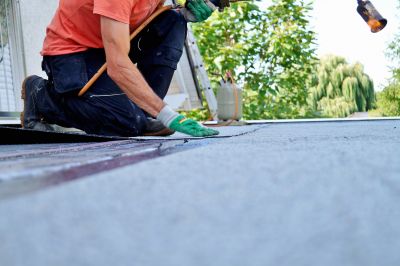
Simple add-ons that improve Tar And Chip Installations without blowing the budget.
Tar and chip surfacing involves applying a layer of hot asphalt followed by a layer of aggregate, creating a durable and textured surface. This method is popular for driveways, rural roads, and pathways due to its cost-effectiveness and ease of maintenance. Proper timing during favorable weather conditions ensures the material bonds well and cures properly, extending the lifespan of the surface.
Statistics indicate that when installed during optimal weather conditions, tar and chip surfaces can last up to 10-15 years with minimal repairs. Proper scheduling minimizes issues such as surface cracking, bubbling, or delamination, which can arise from improper application conditions.
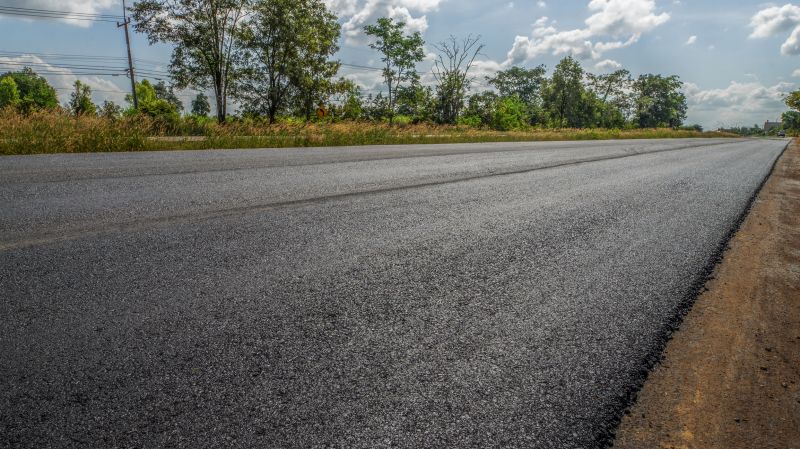
Hot asphalt is evenly spread over the prepared surface to ensure strong bonding and uniform coverage.
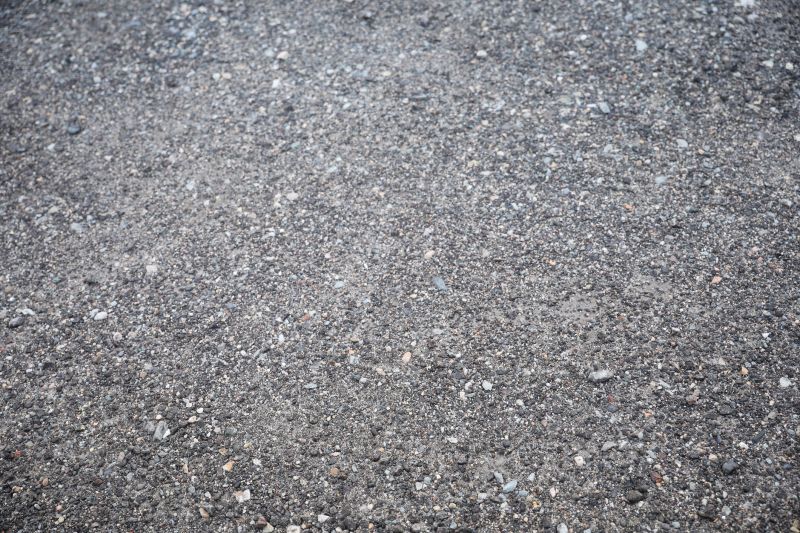
A layer of crushed stone or gravel is spread over the hot asphalt to create texture and stability.

The surface is rolled to embed the aggregate into the asphalt, ensuring durability.
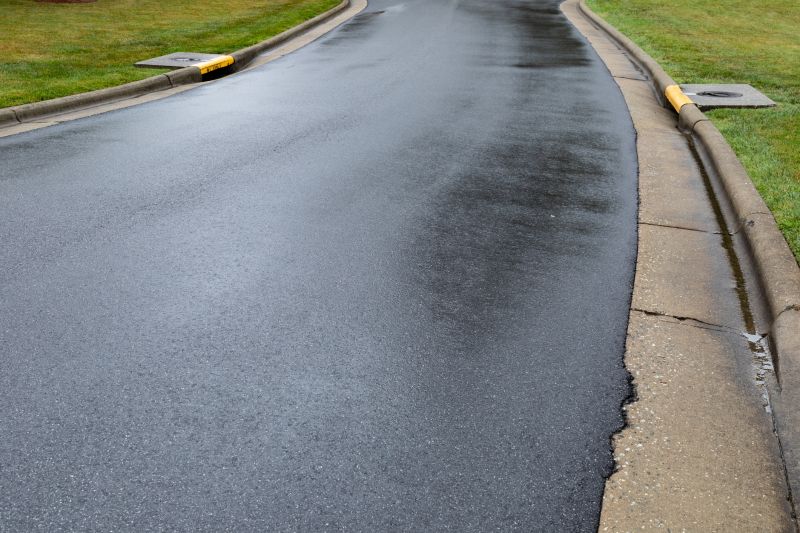
The completed surface provides a textured, long-lasting finish suitable for various applications.
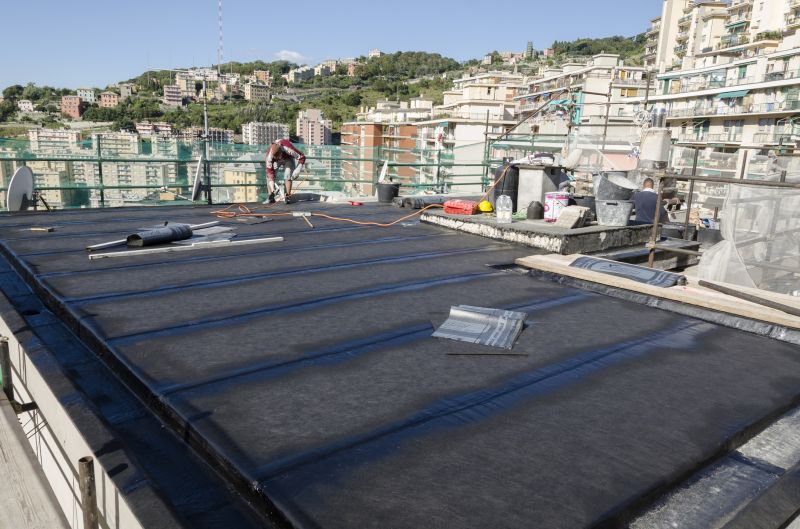
High-end options that actually feel worth it for Tar And Chip Installations.

Finishes and colors that play nicely with Tar And Chip Installations.
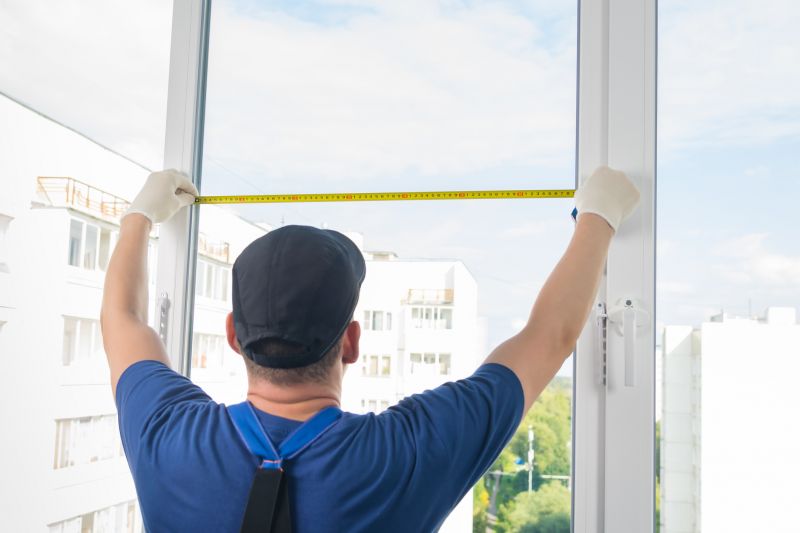
Little measurements that prevent headaches on Tar And Chip Installations day.
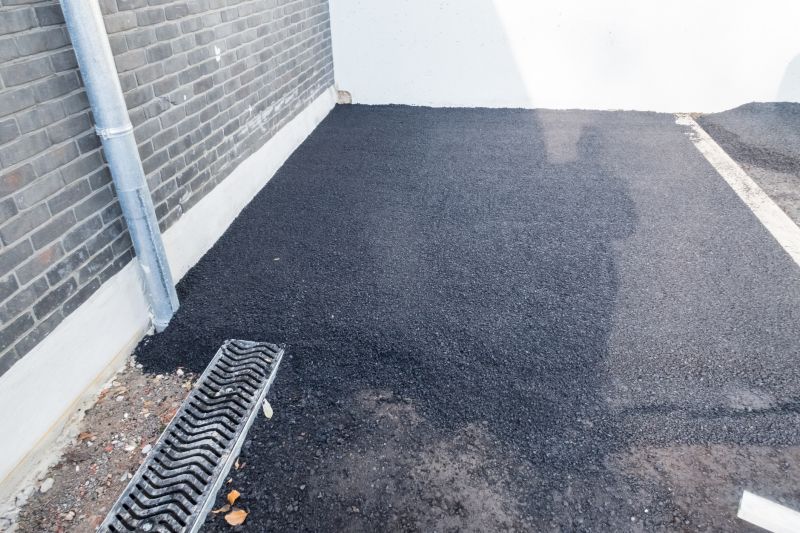
A 60-second routine that keeps Tar And Chip Installations looking new.
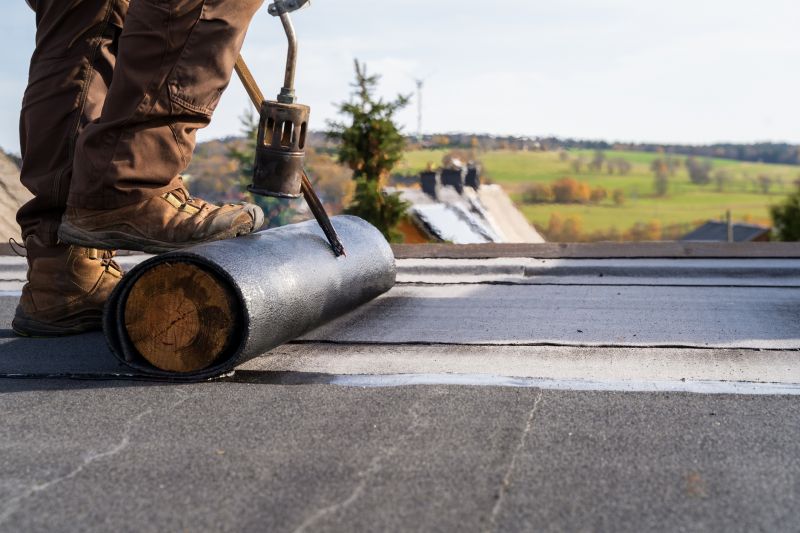
A frequent mistake in Tar And Chip Installations and how to dodge it.
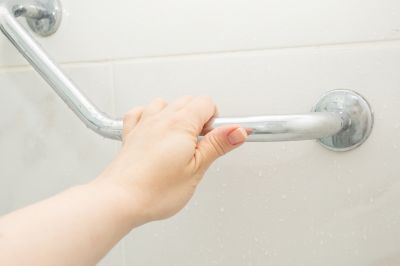
Small tweaks to make Tar And Chip Installations safer and easier to use.

Lower-waste or water-saving choices for Tar And Chip Installations.
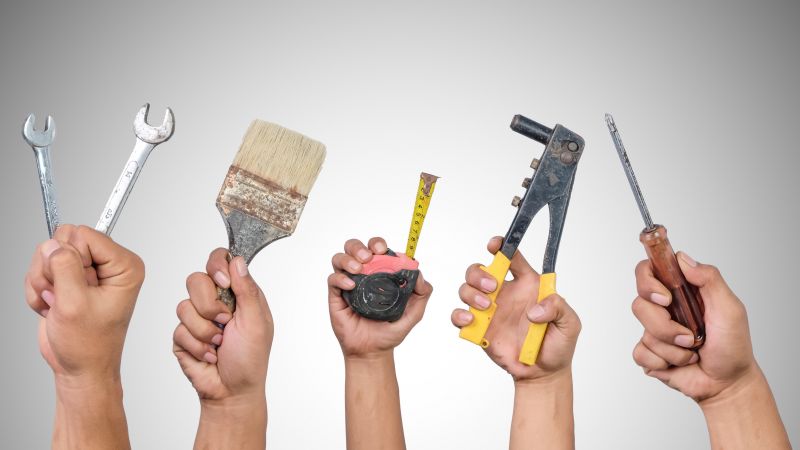
The short, realistic tool list for quality Tar And Chip Installations.
| Season | Optimal Conditions |
|---|---|
| Spring | Dry, warm days with stable temperatures above 50°F |
| Summer | Hot, dry weather with temperatures between 60°F and 85°F |
| Autumn | Early fall with mild temperatures and low rainfall |
| Winter | Not recommended due to cold temperatures and moisture |
| Late Fall | Unfavorable due to increasing cold and precipitation |
Interested parties are encouraged to contact for further information or to schedule an installation during the optimal season. Filling out the contact form provides an opportunity to discuss specific project needs and timing considerations.



